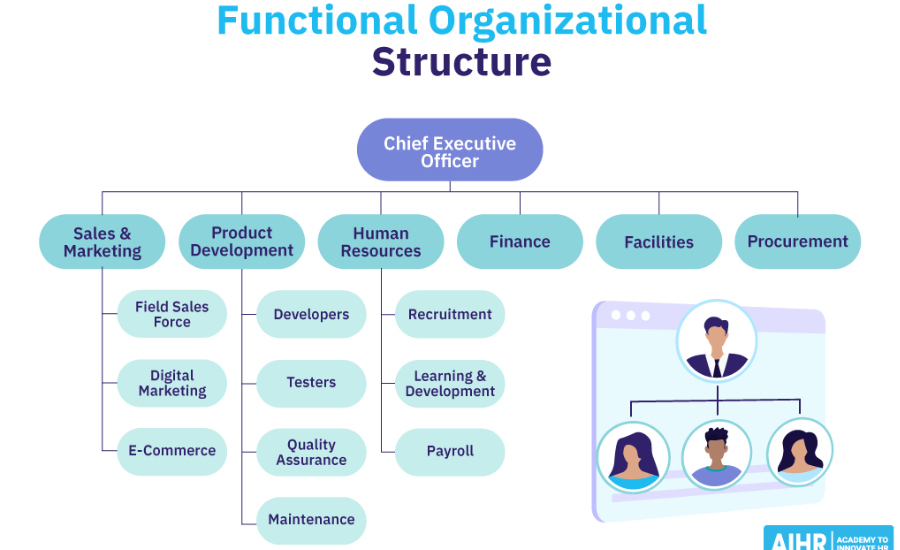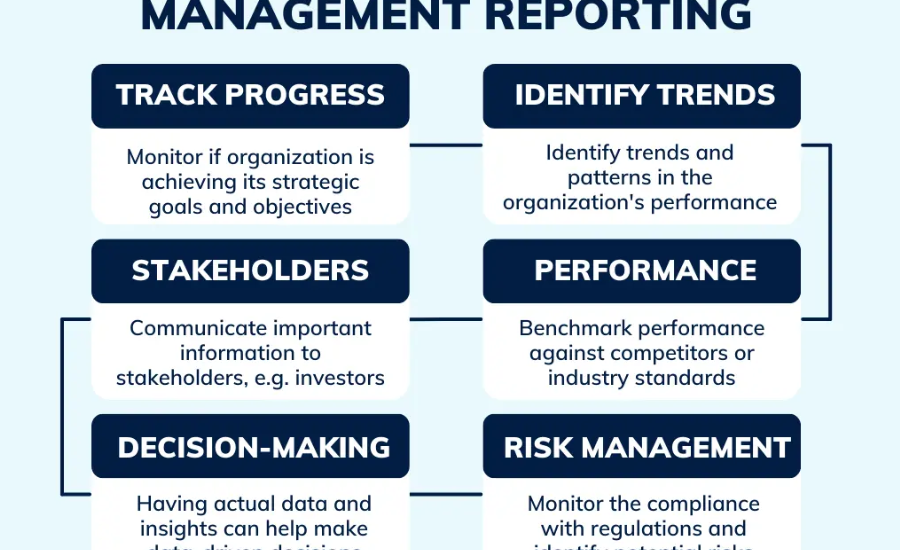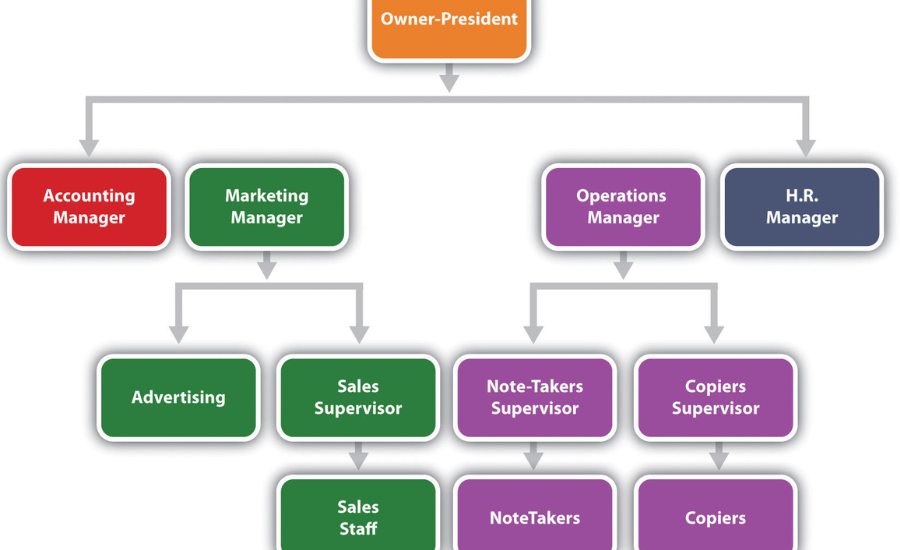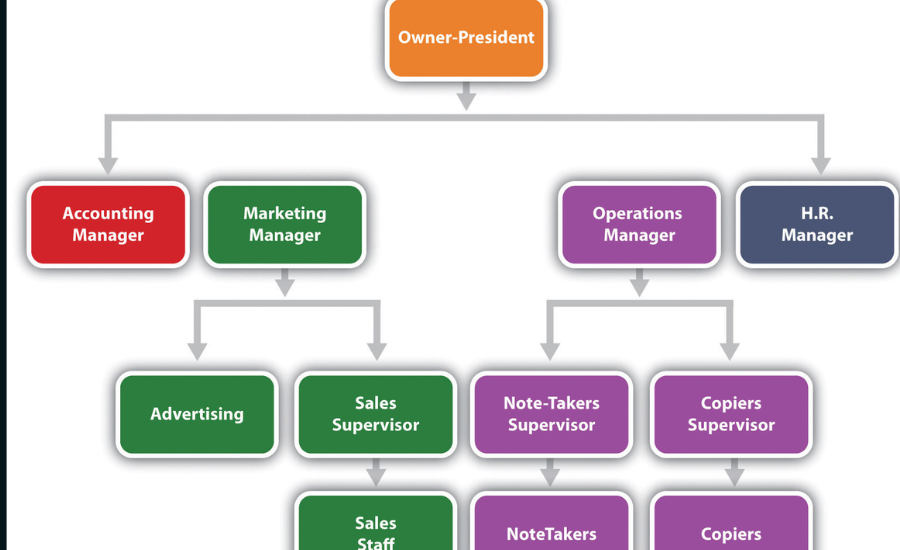In any thriving organization, strong communication, efficient management, and a clear structure are essential for achieving business goals and ensuring smooth operations. One of the key components of this organizational structure is the concept of “reporting to.” This term outlines the hierarchy within a company, identifying which individuals or teams employees are responsible to and who supervises their work. Understanding reporting relationships is crucial not only for career development but also for contributing to an organization’s overall efficiency and success.
Defining The Concept Of”Reporting To In An Organization Nyt

“Reporting to” in an organizational framework refers to the formal line of authority and responsibility between an employee and their manager. It designates the person or team an employee directly answers to for their performance and job-related tasks. Typically, employees report to a higher authority, such as a supervisor, who oversees their work, offers guidance, and makes decisions regarding their role. This reporting framework is essential for creating clarity, aligning expectations, and establishing authority within an organization.
Why The “Reporting To” Structure Is Essential For Organizational Success
A well-defined reporting system plays a significant role in an organization by fulfilling several important functions:
Clarifying Roles And Duties
Knowing exactly who you report to enables employees to understand their job responsibilities and the desired outcomes. This clarity helps prevent confusion, ensures employees are focused on the right tasks, and ensures roles are properly delineated across the team.
Ensuring Responsibility And Accountability
A clear reporting line creates a system of accountability, where employees are held responsible for their work. Managers, in turn, monitor performance, offer feedback, and guide employees toward meeting the organization’s objectives. This accountability structure promotes productivity and performance across all levels of the organization.
Promoting Effective Communication
Efficient communication is critical in an organization. A well-established reporting system facilitates regular exchanges between employees and supervisors, ensuring that employees are aware of important information, updates, and feedback. This helps in identifying potential problems early on and addressing them before they affect the workflow.

Supporting Career Development And Evaluation
A key benefit of reporting structures is their contribution to career development. Managers play a vital role in evaluating an employee’s progress, providing mentorship, and helping them enhance their skills. Regular reporting offers opportunities for employees to receive constructive feedback, which is essential for professional growth and success within the company.
Types Of Reporting Structures In Organizations
The Role Of “Reporting To” In An Organization: A Fundamental Element Of Organizational Success
In any thriving organization, strong communication, efficient management, and a clear structure are essential for achieving business goals and ensuring smooth operations. One of the key components of this organizational structure is the concept of “reporting to.” This term outlines the hierarchy within a company, identifying which individuals or teams employees are responsible to and who supervises their work. Understanding reporting relationships is crucial not only for career development but also for contributing to an organization’s overall efficiency and success.
Defining The Concept OfF”Reporting To” In A Corporate Context
“Reporting to” in an organizational framework refers to the formal line of authority and responsibility between an employee and their manager. It designates the person or team an employee directly answers to for their performance and job-related tasks. Typically, employees report to a higher authority, such as a supervisor, who oversees their work, offers guidance, and makes decisions regarding their role. This reporting framework is essential for creating clarity, aligning expectations, and establishing authority within an organization.
Why The “Reporting To” Structure Is Essential For Organizational Success
A well-defined reporting system plays a significant role in an organization by fulfilling several important functions:
Clarifying Roles And Duties
Knowing exactly who you report to enables employees to understand their job responsibilities and the desired outcomes. This clarity helps prevent confusion, ensures employees are focused on the right tasks, and ensures roles are properly delineated across the team.
Ensuring Responsibility And Accountability
A clear reporting line creates a system of accountability, where employees are held responsible for their work. Managers, in turn, monitor performance, offer feedback, and guide employees toward meeting the organization’s objectives. This accountability structure promotes productivity and performance across all levels of the organization.
Promoting Effective Communication
Efficient communication is critical in an organization. A well-established reporting system facilitates regular exchanges between employees and supervisors, ensuring that employees are aware of important information, updates, and feedback. This helps in identifying potential problems early on and addressing them before they affect the workflow.

Supporting Career Development And Evaluation
A key benefit of reporting structures is their contribution to career development. Managers play a vital role in evaluating an employee’s progress, providing mentorship, and helping them enhance their skills. Regular reporting offers opportunities for employees to receive constructive feedback, which is essential for professional growth and success within the company.
Types Of Reporting Structures In Organizations
Organizations vary in the way they design their reporting structures. Depending on their size, industry, and goals, different models may be implemented. Some common structures include:
Hierarchical Structure
In this traditional setup, employees report to a single manager or supervisor, who in turn reports to higher levels of leadership. The clear chain of command fosters authority, control, and responsibility, with well-defined levels of management throughout the organization.
Organizations vary in the way they design their reporting structures. Depending on their size, industry, and goals, different models may be implemented. Some common structures include:
Hierarchical Structure
In this traditional setup, employees report to a single manager or supervisor, who in turn reports to higher levels of leadership. The clear chain of command fosters authority, control, and responsibility, with well-defined levels of management throughout the organization.
Matrix Structure
In a matrix organization, employees report to more than one manager, typically depending on the nature of their work, such as specific projects or departmental needs. This structure encourages cross-functional collaboration but can sometimes create challenges in balancing competing priorities from different supervisors.
Flat Structure
This model, often used in startups or smaller businesses, has fewer levels of management, allowing employees to report directly to top executives or the business owner. The flat structure promotes a more flexible, collaborative environment and can lead to faster decision-making and more direct communication.
Team-Based Structure
In companies that emphasize teamwork, employees may report to a project manager or team leader who oversees their collective efforts. Team members often work on cross-functional projects where they share responsibilities, and leadership is focused on collaboration and shared outcomes.

Reporting To In An Organization: A Two-Way Dynamic
The relationship between employees and their managers should not be one-sided. While employees report to their managers, the dynamic should be built on mutual respect, active communication, and collaboration. A successful reporting structure encourages a continuous exchange of ideas, feedback, and support. Managers should be open to listening to their employees’ concerns, suggestions, and career goals, ensuring that the feedback loop is a two-way street. This fosters a healthy work environment and promotes growth for both employees and the organization as a whole.
Best Practices For Effective Reporting To In An Organization
To maximize the benefits of reporting relationships, both managers and employees should follow certain best practices. These strategies can enhance communication, improve performance, and boost job satisfaction:
Set Clear Expectations
Both employees and managers should establish clear goals, performance metrics, and deadlines from the outset. This ensures that everyone is aligned on expectations and avoids confusion about priorities or responsibilities.
Provide Ongoing Feedback
Feedback should be a continuous process, not a once-a-year event. Managers should regularly check in with employees, offering guidance and constructive criticism to help them stay on track and improve. This ongoing dialogue is essential for maintaining high levels of performance.
Foster Open Communication
Employees should feel comfortable reaching out to their supervisors with questions, concerns, or suggestions. An environment of open communication promotes trust, encourages problem-solving, and enhances team morale.
Keep Detailed Records
Documenting communications, performance data, and feedback is important for tracking progress, resolving disputes, and ensuring transparency. Proper documentation also helps maintain consistency in evaluations and performance assessments.
Conclusion: Reporting To In An Organization Nyt
In any organization, the concept of “reporting to” is a cornerstone of its structure, communication, and operational efficiency. Well-defined reporting lines establish clear roles, facilitate communication, and foster accountability across the organization. Whether you’re an employee or a manager, understanding and navigating the reporting structure effectively is key to personal success and achieving organizational objectives.
By promoting an environment of collaboration, transparency, and mutual respect within the reporting framework, both employees and managers can contribute to the overall success of the organization. This creates a stronger, more resilient company that can adapt to challenges and continue to grow.
Read Next: Blogblower.co.uk
